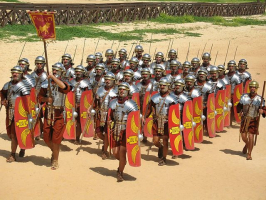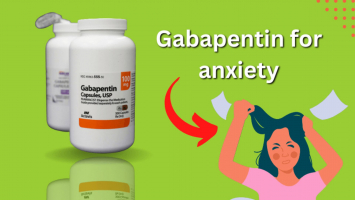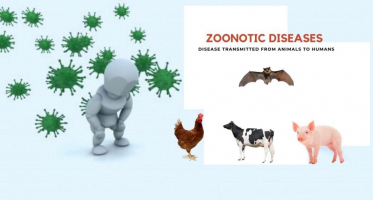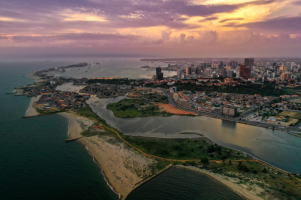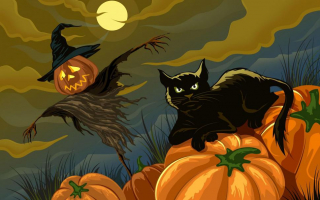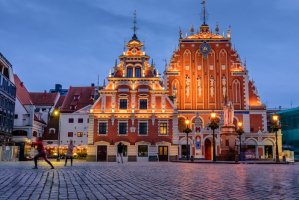Top 10 Things to Know about Botswana
With a little over 2 million people, Botswana is one of the world’s most sparsely populated nations, yet one of the richest in pristine wildlife and dramatic ... read more...scenery. However, there is so much more to this unspoiled, fascinating landlocked country than meets the eye, so let Toplist unveil a little bit of the mystery with these 10 things to know about Botswana.
-
Diamond is one of the most interesting things to know about Botswana. The exploration began in Botswana in the 1950s, with mining beginning in 1971. By the mid-1980s, Botswana had discovered some of the world's highest-yielding mine The diamonds mined in Africa are generally larger and of higher quality than those mined in Russia. They also account for roughly 25% of Botswana's GDP and 60% of its exports.
In terms of value, Botswana leads the list of the world’s top diamond-producing countries, despite being the second by volume. Botswana mined 23.2 million carats worth $3.63 billion in in one year. The Karowe Diamond Mine, owned by Canada’s Lucara Diamond Corp, recently produced the world’s second-biggest gem at 1,758 carats. Botswana is home to seven world-class mines, including the world's two most productive diamond mines, Orapa and Jwaneng. Jwaneng, located in the Naledi River Valley in southern Botswana, is the world's richest diamond mine, producing 12.5 to 15 million carats each year. The exceptional grade of rough diamonds produced here is one of the reasons why this industry is so important to the country's economy.
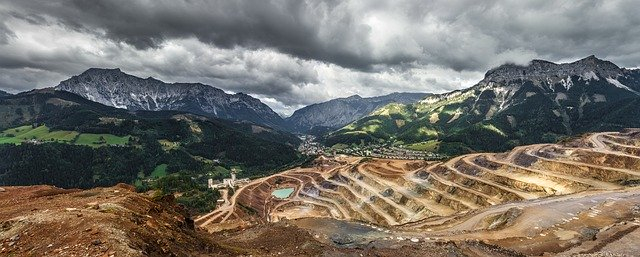
nsenergybusiness.com 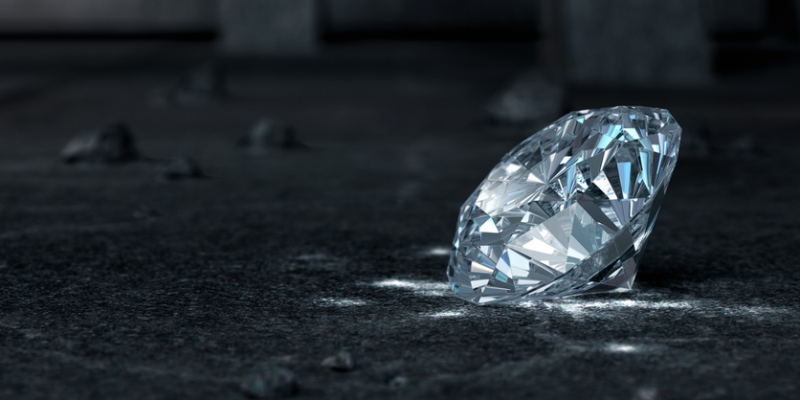
blog.bizvibe.com -
Rock art is among one of the best things to know about Botswana. There is a collection of indigenous people's art dating back to the Stone Age in the north-western corner of Botswana, between the Okavango River and the Namibian border. The Tsodilo Hills, also known as the "Louvre of the Desert," has one of the world's highest concentrations of rock paintings. Over 4,500 paintings cover an area of 10 square kilometers.
Furthermore, archaeological evidence provides a record of human activity dating back approximately 100,000 years. The paintings are done in red ochre, which is derived from the local rock hematite. Much of the art is naturalistic in the subject and characterized by a variety of geometric symbols, distinctive treatment of the human figure, and exaggerated body proportions of many animals. For example, the rhinos depicted here have enormous bodies and disproportionately small legs.
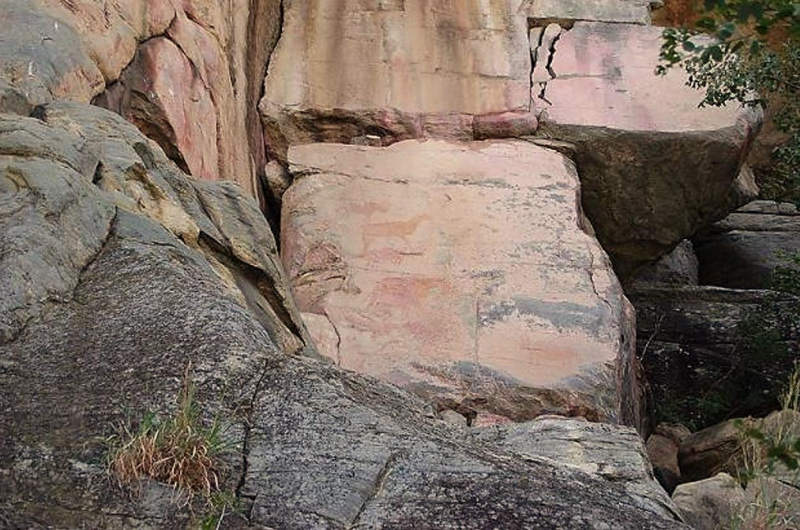
ancient-origins.net 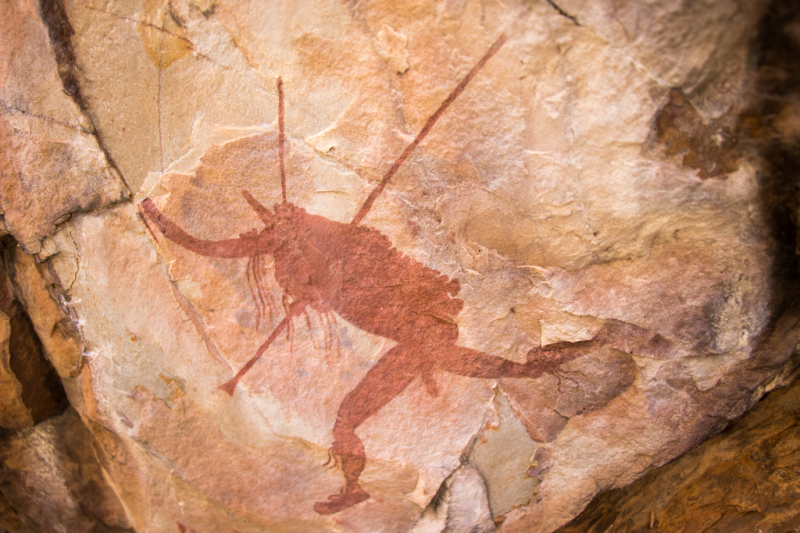
africanbudgetsafaris.com -
With over 130,000 elephants living within its boundaries, Botswana is home to the world’s largest elephant population, and one of the last strongholds for African elephants as poaching continues to decimate populations. The biggest concentration can be found in Chobe National Park, a majestic 11,000-sq-km wildlife sanctuary in northern Botswana. Botswana has the largest elephant population on the continent due to many reasons, including tight protection and civil unrest in neighboring countries. The relative difficulty in accessing the wildlife areas coupled with the military threat to poachers has allowed the elephant population in Botswana to grow.
Chobe National Park is the third largest conservation area in Botswana - famous for its elephants estimated to be 120,000. The park supports the largest surviving elephant population in the world - The Chobe elephants are migratory, making seasonal movements of up to 200 kilometres in a circuit from the Chobe and Linyanti rivers, where they concentrate in the dry season.
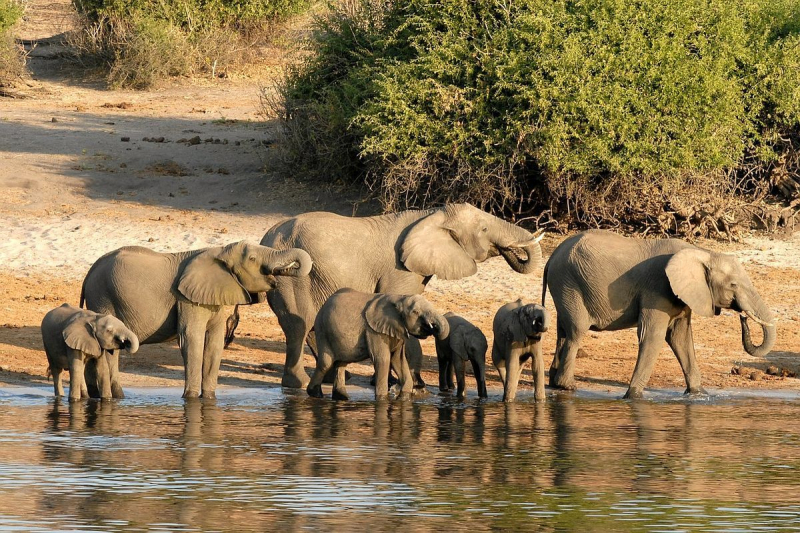
veesko.com 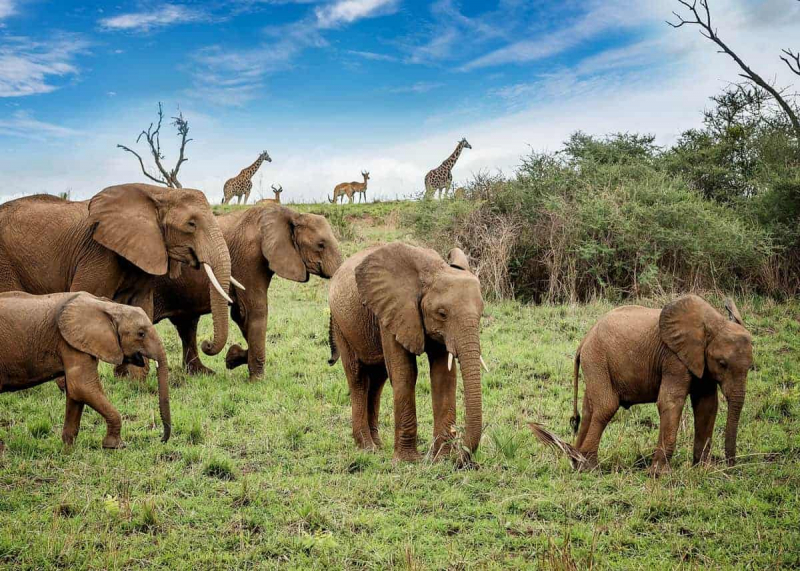
storyteller.travel -
Botswana, known for its incredible wildlife, also has some unique ecosystems. It is home to the Okavango Delta, the world's largest and most incredible inland delta. The Okavango Delta, known as the "jewel of the Kalahari," has been inscribed on the UNESCO World Heritage list due to the phenomenon of annual floodwaters and its abundant resident wildlife.
The ability to view wildlife from various perspectives is another (and possibly most important) reason Botswana is such a unique safari destination. Safaris on land and on water both provide numerous opportunities and options. Cruising by luxury boat or being gently moved in traditional mokoro canoes while surrounded by elephants, hippos, birds, and sometimes even big cats is an unforgettable experience. Exciting 4WD game drives and thrilling walking safaris are among the land offerings. Another exciting way to see the wildlife and landscapes from above is to take a scenic helicopter or light aircraft transfer to a luxury lodge.
Botswana is also one of the world's safest and most sustainable tourism destinations, making it an excellent choice for families, couples, and solo travelers. Because almost everyone speaks English, communication is simple and convenient. The locals, known as Batswana, are some of Africa's kindest and friendliest people.
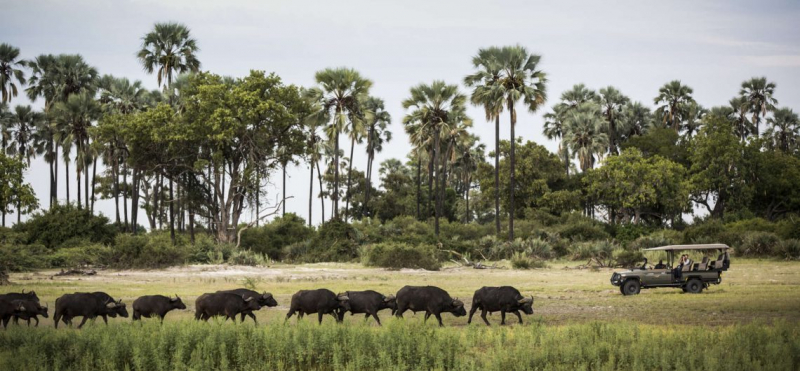
dewantravel.com 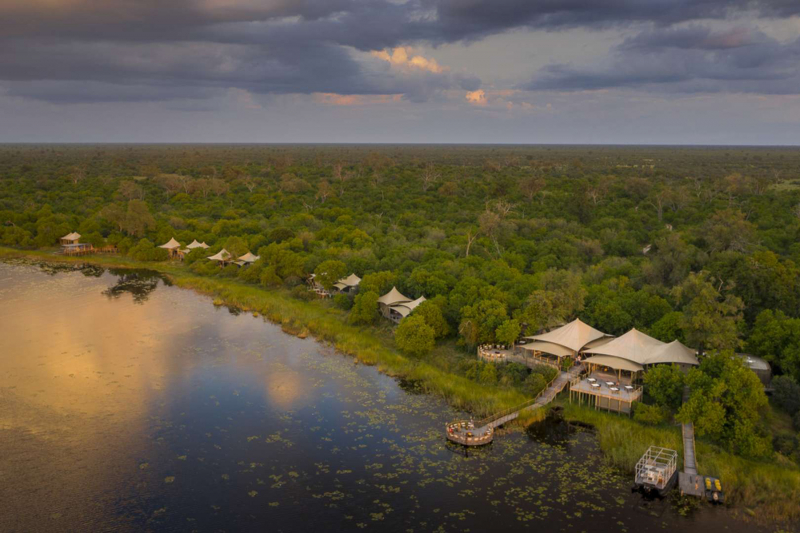
travelandleisure.com -
The Okavango Delta, the world's largest inland delta, is the most unexpected wonder – water in a desert. The broad Okavango River sinks into the Kalahari Desert's dry sands, creating a lush and waterlogged oasis with crystal clear lagoons and channels, reeded islands, and fertile floodplains. This magical oasis, known as "the river that never finds the sea," covers an area of more than 15 500 km2 (almost 6 000 square miles).
The Okavango Delta is home to a diverse range of species, including some that have evolved to live in semi-aquatic environments, such as the elegant red lechwe and the shy sitatunga antelope. Lion prides, cheetahs, leopards, and African wild dogs are possible sightings, while hippos live in deeper channels and lagoons. During the day, honey badgers can be seen. Roan and sable antelope prefer taller grass in open woodlands, and dwarf and banded mongoose families live in termite mounds.
On the floodplains in Okavango Delta, you can see graceful giraffe with their impossibly long necks and herds of zebra. Other predators, such as lions, can also be found in the area, particularly in the drier areas. Although leopards are mostly nocturnal and difficult to spot, they can be found near bodies of water. The sparkling channels are teeming with fish, and the reeded banks are home to hundreds of bird species, frogs, and insects.
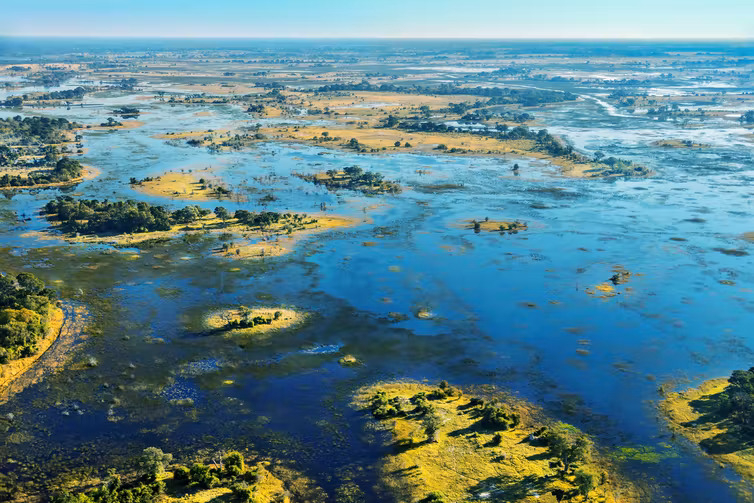
theconversation.com 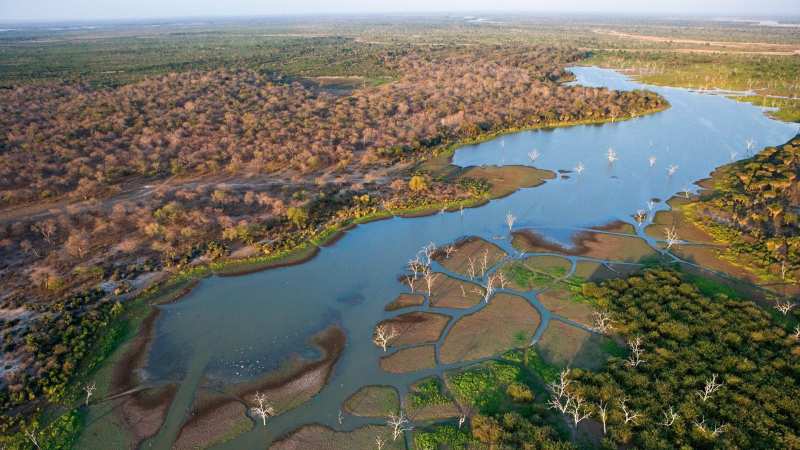
safaritravelplus.com -
The cuisine is one of the most interesting things to know about Botswana. The country has a wide range of cuisines available, from Italian to Chinese, and many locals eat these dishes, but most prefer to cook traditional dishes. Traditionally, the main meal is eaten at lunchtime, with leftovers or bread and tea served at dinner. Botswana's national dish is called Seswaa. It's a meat stew served with thick polenta or pap. Meat is boiled with onion and pepper to make the stew.
After two hours of cooking, the meat is shredded and seasoned with salt. The thick maize meal is then sprinkled on top. Morogo, a leafy green, is frequently served with it. This food comes from a country where many people were impoverished and meat was regarded as a luxury item. The dish is fairly bland and should appeal to more conservative eaters. Goat meat, which is frequently stewed, is the second most popular meat after beef. Chicken is also widely consumed, with many families raising their own.
Botswana cuisines are heavily influenced by British culture, as a result of previous colonization. Breakfast in the morning is typically English, as is the afternoon tea custom. However, while in Botswana, you should try meat, particularly wild game, antelope, ostrich, or kudu cooked as roast beef. There are also some excellent South African wines.
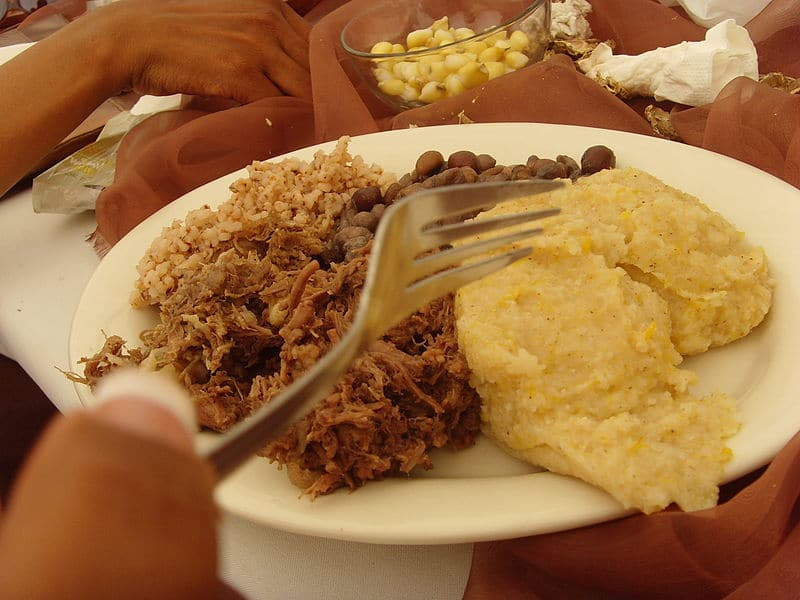
travelfoodatlas.com 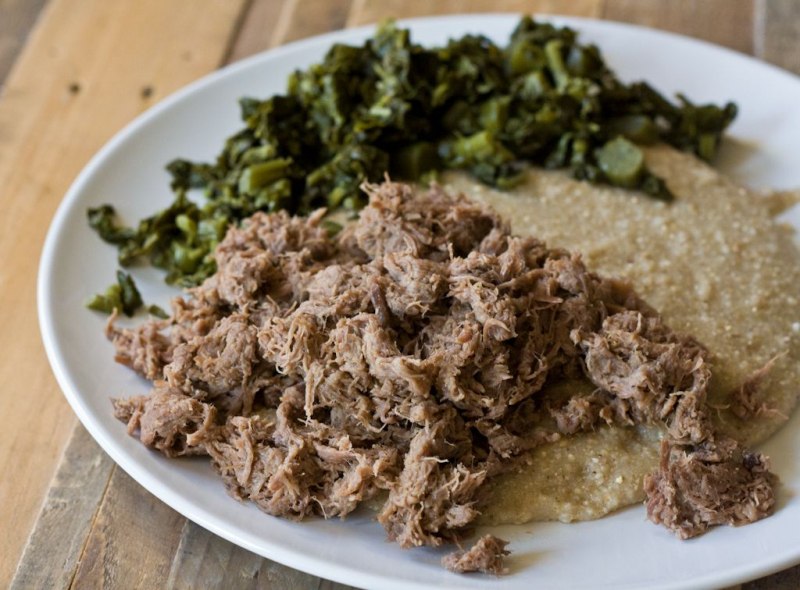
pinterest.com -
The Kalahari Desert, among one of the most interesting things to know about Botswana, is a large arid to semi-arid sandy area in southern Africa. It encompasses much of Botswana as well as parts of Namibia and South Africa. The Kalahari Desert, which covers nearly 80 percent of Botswana and spans 900,000 square kilometers, is the world's largest stretch of wind-blown sand. Nonetheless, with its seasonal wetlands, significant rainfall, and surprising variety of animals and plants, the Kalahari is a vast sandy savannah rich in wildlife and unique flora rather than a desert.
The region is home to several game reserves, including the world's second largest, Central Kalahari Game Reserve (CKGR). Despite being semi-desert, it has vast areas of excellent grazing after heavy rains and is abundant in wildlife. The Kalahari Desert has extreme temperatures, with summers being extremely hot and winter temperatures dropping below zero degrees Celsius at night. This is due to the relatively high altitude and predominantly clear, dry air of the Kalahari Desert.
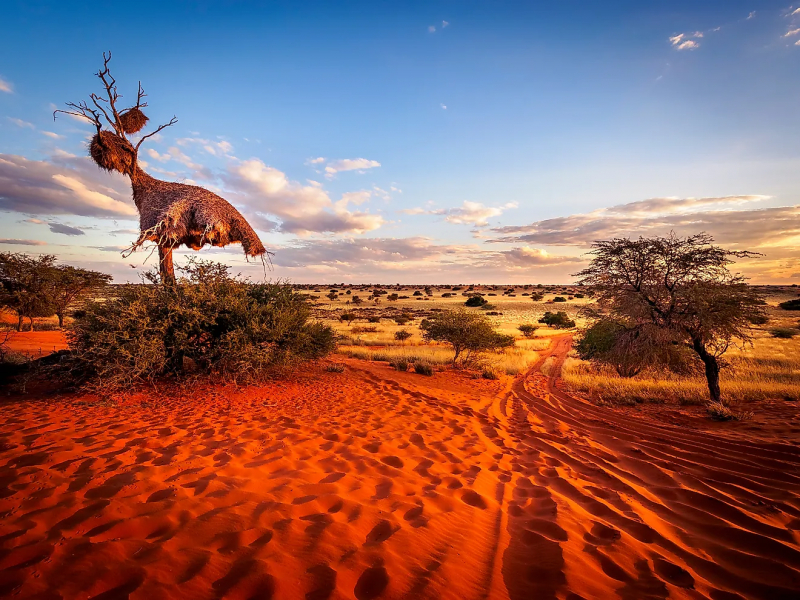
worldatlas.com 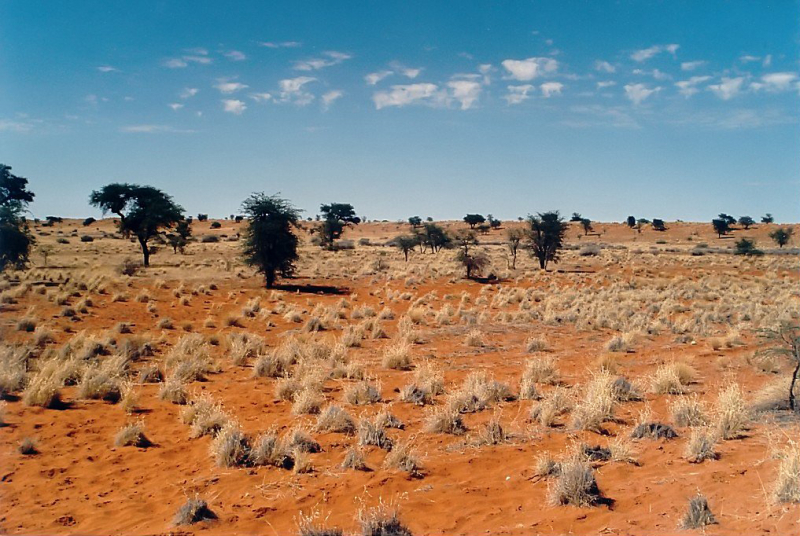
wikipedia.org -
Makgadikgadi is the world's largest network of salt pans, spanning an area larger than Switzerland. Set in the heart of northeastern Botswana's dry savanna, the Makgadikgadi Pan is the world's largest network of salt pans, stretching over 3900 square kilometers and formed on the bed of the ancient Makgadikgadi Lake, which began evaporating eons ago. Visiting Makgadikgadi is a one-of-a-kind salt desert experience: in the dry season, this vast expanse of sun-baked salt glistens in the light, and when the rains come, the pan is home to a plethora of flamingos and other waterbirds, as well as one of Africa's largest zebra populations, whose annual migration is a sight to behold.
Visitors can immerse themselves in the stark beauty of this incredible landscape, see a variety of wildlife, and participate in a variety of activities such as horseback safaris, game drives, and excellent birdwatching in Makgadikgadi . Other highlights include quad biking across the vast expanse of dry salt pans or taking a helicopter ride over the landscape to see countless flamingo flocks creating a magnificent pink spectacle.
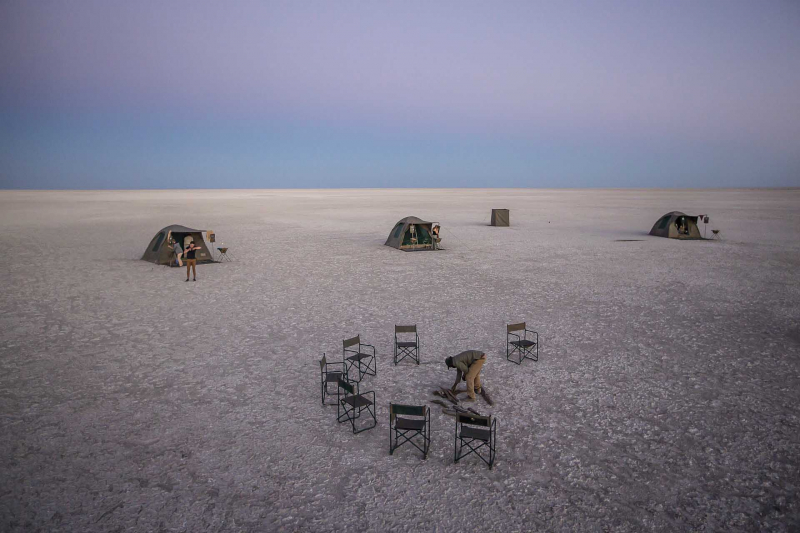
sworld.co.uk 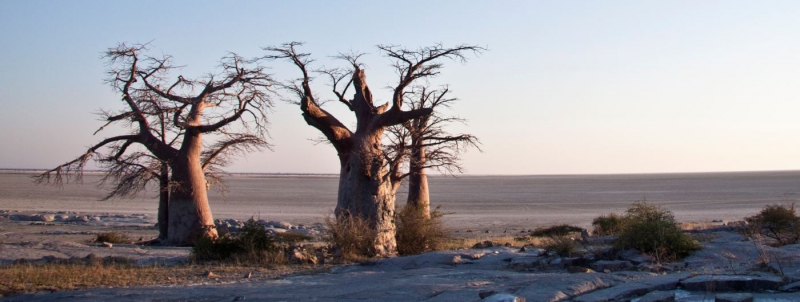
africaskysafari.com -
Handicrafts are popular souvenirs to purchase in Botswana, also known as the Republic of Botswana. This country, located in southern Africa, is famous for the Kalahari desert, which covers 70% of its land area. The majority of its traditional products are handcrafted by women.
When visiting Botswana, one of the most well-known products to purchase is wickerwork. Etsha and Gumare, two villages in the country's north, have skilled artisans. There are also ceramics, paintings, wood carvings, and other handcrafted items from the area. Because of the richness and variety of local craft, you will be spoiled for choice. There are carved mopane wood objects, animal statues, traditional masks, and baskets. You'll probably be enchanted by the Bushmen products, which include arrows and bows, necklaces and bracelets made from ostrich egg shells or stones and bones, all unique to the ethnic groups from which they come.
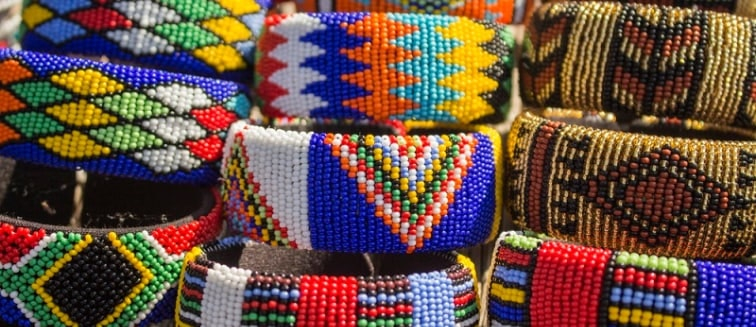
exoticca.com 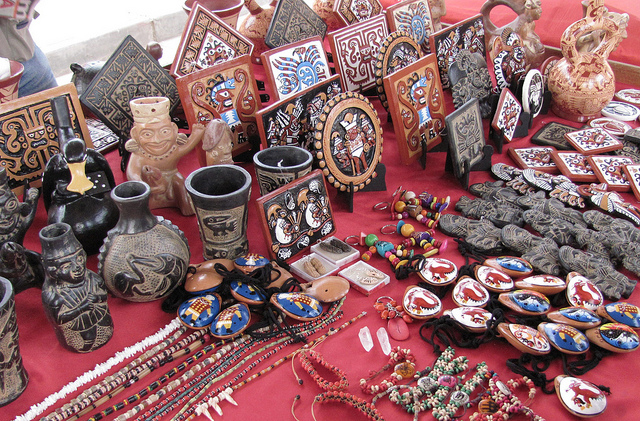
201618027.jimdofree.com -
Botswana has the longest-lasting African democracy. It has been an independent state since 1966, and it has always enjoyed relative political stability, with no ethnic clashes or coups, unlike many other African states. The government also initiated environmental protection policies, with 17 percent of the territory designated as a natural reserve, imposing tourism restrictions in order to preserve its natural landscapes, the most spectacular and well-known example being the Okavango Delta.
Botswana is now one of only a few upper-middle-income African countries. In this position, it offers clues for how African countries can achieve economic prosperity. It had the world's fastest per capita growth rate in the 35 years preceding 2001. It has shown sustained and stable economic prosperity, a high level of intolerance for corruption and relative political stability, given the struggles most of its African counterparts have had with same. These are the fundamental pillars upon which the economic prosperity of this landlocked country of about 2 million people has been built.
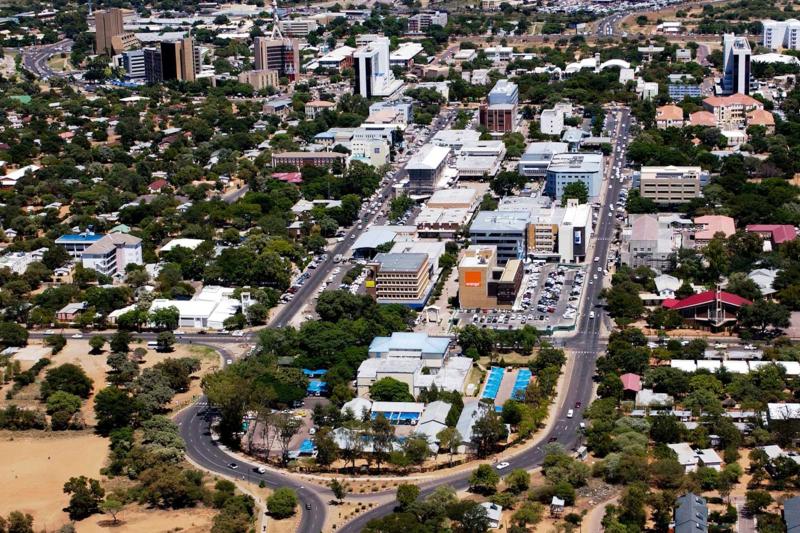
kids.nationalgeographic.com 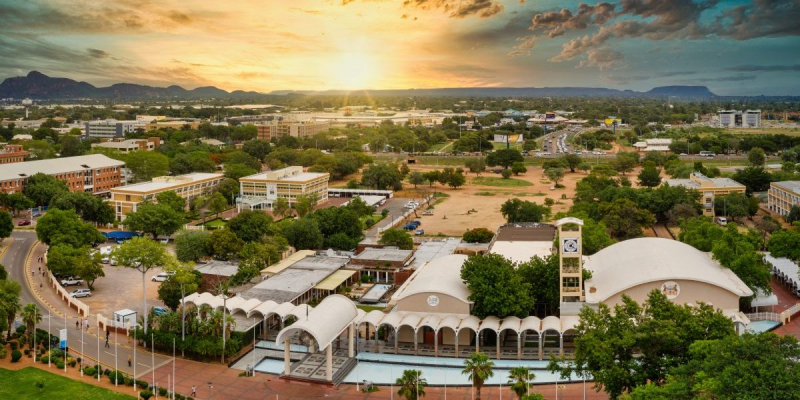
saiia.org.za













